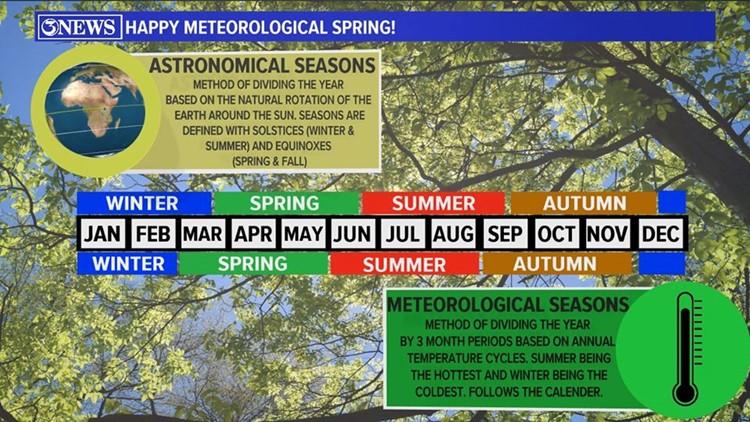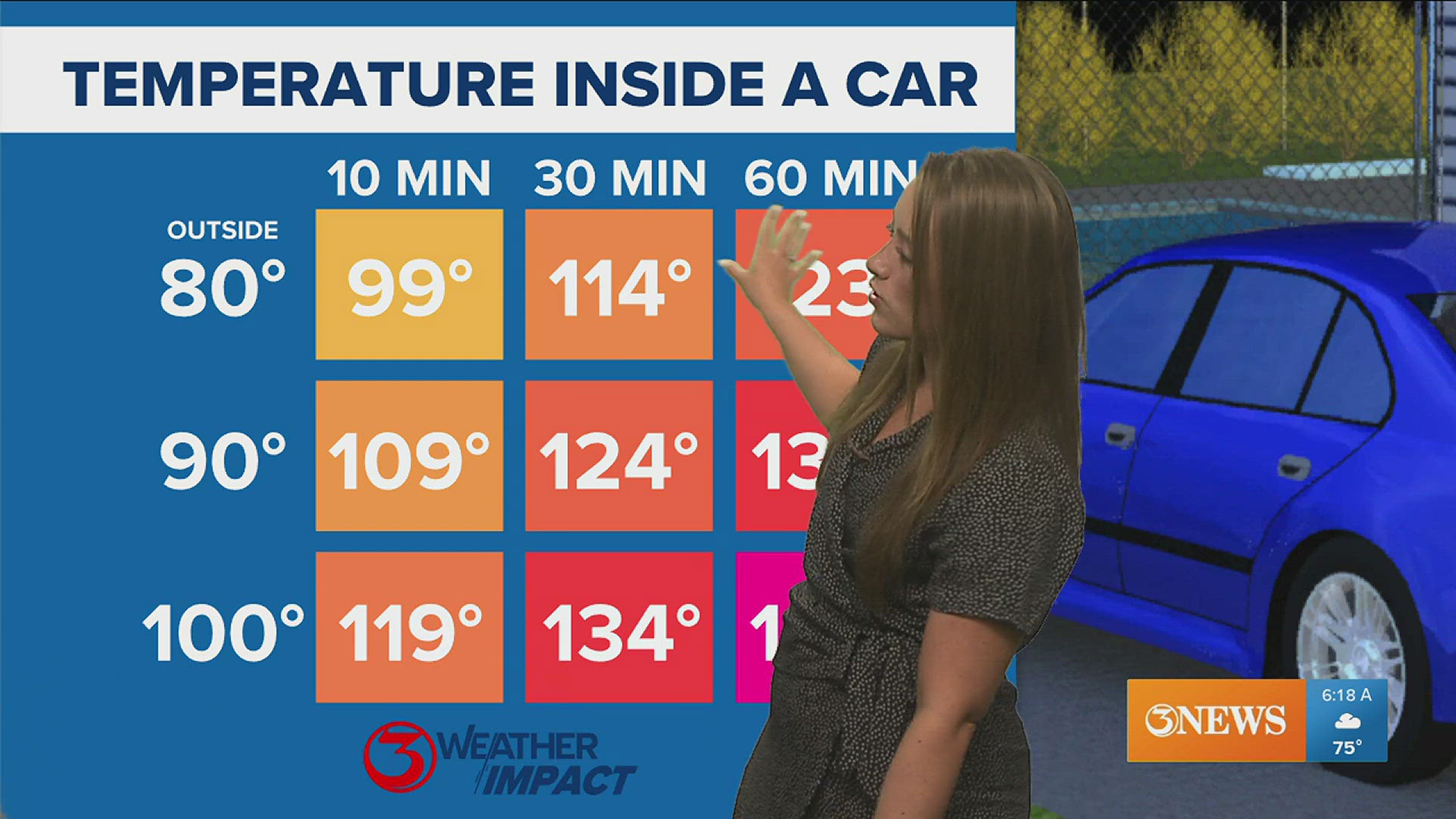You may have heard recently that spring started on March 1st. Well, it depends on who and what you’re referring to. Meteorologists like to refer to the seasons using three month intervals.
For example, December, January and February represent winter. Moreover, meteorologists and climatologists break the calendar down into these three month intervals because of annual temperature cycles. Winter is typically the coldest time of year and summer is the warmest. Observing weather and forecasting led to the inception of these seasons.
Astronomical seasons are defined by two solstices and two equinoxes. From the winter and summer solstice to the spring and autumn equinox. Moreover, these are specific dates of the year based on the natural rotation of our planet around the Sun. For example, in the northern hemisphere this year, the spring equinox will begin on March 19 at 10:50 PM and the summer solstice will begin on June 20 at 4:44 PM. These times are based on Central Time (CT). The planet’s tilt and the sun’s alignment over the equator determines these dates and times.
Meteorological seasons are more closely related to our monthly calendar. These seasons range from 90 days in winter of a non-leap year to 92 days for spring and summer per NOAA. Using meteorological seasons makes it easier to calculate statistics. This is vitally important for commerce, agriculture and more.



